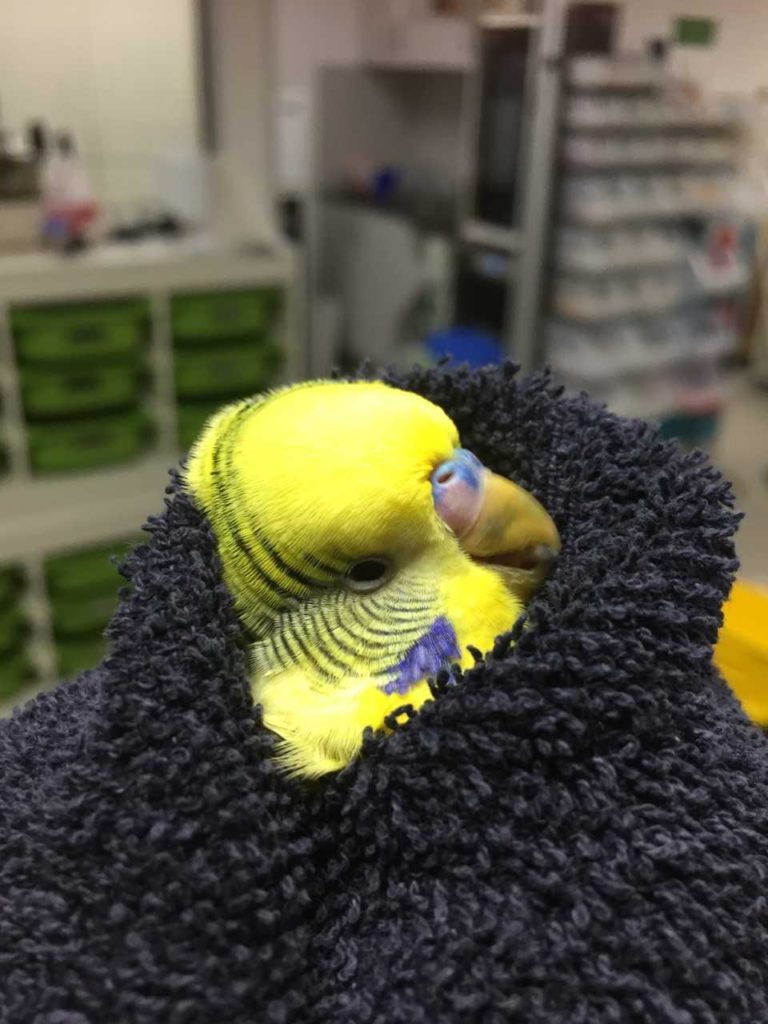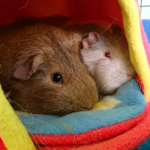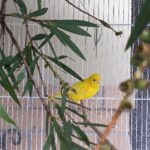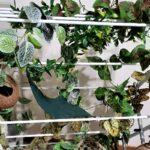Since our monthly focus is keeping warm over winter we thought it was time we talked about our feathered friends, as they can also feel the cool weather! Birds are lucky in that they (usually) have layers of feathers specifically designed to insulate their bodies to help them manage their body temperature. Did you know that there are actually seven different types of bird feathers?! They are pretty amazing!
Some birds adapted to living outdoors can survive in outdoor aviaries over winter, but shelter must always be provided and the birds must be monitored closely. Any illness can compromise a bird’s ability to warm itself and the cool weather can stress their bodies quite quickly! Birds that are not native to the area and that aren’t adapted to living outdoors should ideally be kept indoors (at least overnight) in winter. This will dramatically increase the ambient temperature around them and means that their bodies don’t have to work as hard to keep warm! Head over to our website for more information on keeping your birds warm over winter and the risks associated with certain methods.
There are a number of products sold for birds to help them stay warm – particularly sleeping bags such as ‘happy huts’ and snuggle buddies made of soft, fluffy materials. Although many birds enjoy having access to these they pose a significant health risk. It is a natural behaviour of birds to chew, and they will often chew on anything in their cage, including fluffy toys! The issue with this is that birds cannot digest synthetic fibres and over time these can build up in their crop and in other areas of their gastrointestinal tract. These will often lead to an obstruction, which can quickly result in illness and even death! Surgery is almost always required to try to fix these issues. Due to the high risk associated with these sorts of products we would suggest steering clear of them. It is also important to note than any small enclosed cavity (such as a sleeping bag), will be a big reproductive trigger particularly to female birds, but also to some male birds. This can result in unwanted reproductive activity which can be bad for your bird’s health.

Many people will cover their bird’s cage at night time to ensure they have shelter. Usually sheets or fleece blankets are used. It is important that your bird does not chew on any of these materials either (due to the same reasons described above!). One way we can try to stop them from doing this is to place pegs on all four corners of the top of the cage, which will effective hold the material away from the bars so that your bird cannot grab it to chew on, but it will still provide a covering and some shelter. It is also important to ensure that there is still some ventilation (air flow) in the cage – so make sure there are so gaps at the bottom to allow fresh air in.

Remember, birds that are fully feathered already have all the tools to keep them warm enough (if they are well), so often just bringing them inside is enough to keep them cosy over winter! If you a worried your bird is unwell we would suggest you call the clinic to discuss getting them seen.



